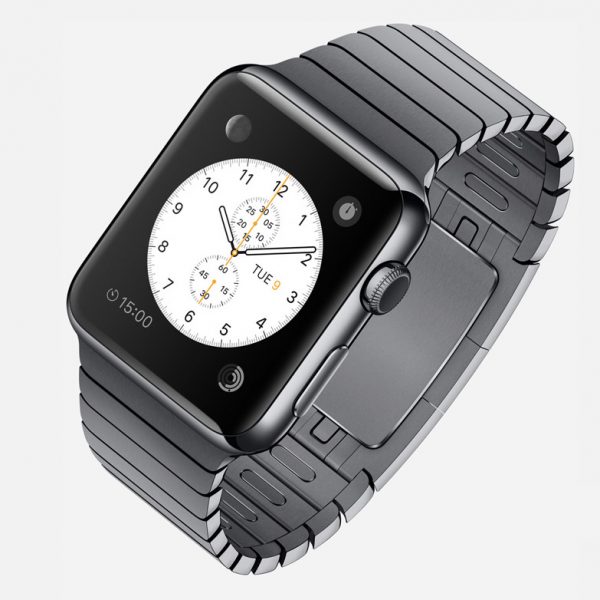Apple Watch is a device we all have been waiting for, for a pretty long time. Every single rumor that appears about this device, instantly becomes the main topic on the discussion forums.
In 2014, Apple officially announced their first wearable device to the public at Apple event that was held on September 2014 together with the launch of iPhone 6. Even though everyone though the name of the device will be iWatch, Apple decided to change things up a bit. They’ve decided to name it Apple Watch. The project lasted for quite some time, under the leadership of Jony Ive as an Apple’s Senior Vice President of Design.
Read also–How To Save Your iPhone Battery life (10 Effective Tips)
According to the sources, Apple Watch has an advanced sensor related to physical health conditions like blood pressure and oxygen levels in the blood. Its prototype has been tested by internal and partner chosen by Apple such as major hospital. But afterwards, that advance sensor was not seen or introduced by Apple. It seems that the sensor didn’t provide consistent results. The internal test was also related to the battery life, which is an important factor for wearable devices. The internal source said that Apple faced difficulties in the making process of the Apple Watch battery which can survive for more than 12 hours. Apple didn’t say how long the Apple Watch battery life can survive in the real life.
Apple Watch battery life became a big question for those who are considering an option to buy the device. Apple Watch included the support hardware component, specially designed for battery saving. Apple designed a hardware system called Apple S1, with power saving computational capability.
While many would say the battery is a bit critical, it is something we all could expect. Why? The answer is actually quite simple. The device will constantly use the display. The device may have the low mode for battery life saving, which can activate the feature when the battery reaches low or critical level. As Apple always tends to provide the finest possible solutions, I am sure they will work on the technology that will be more efficient. We will see all the possibilities at the next Apple event, which is scheduled for March 9th. 2015.















